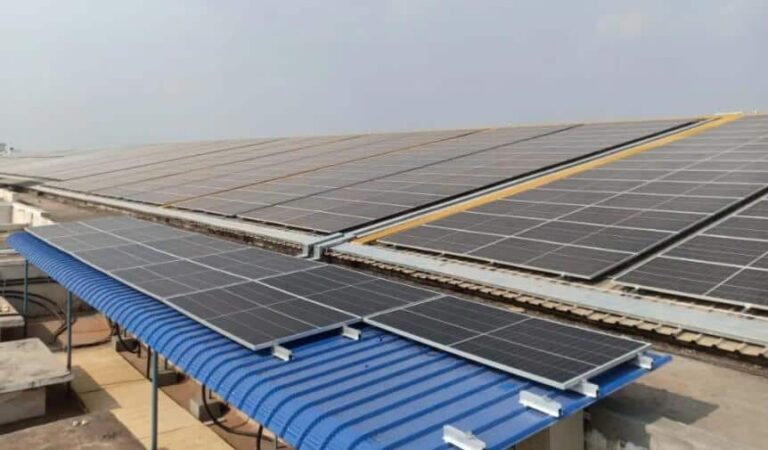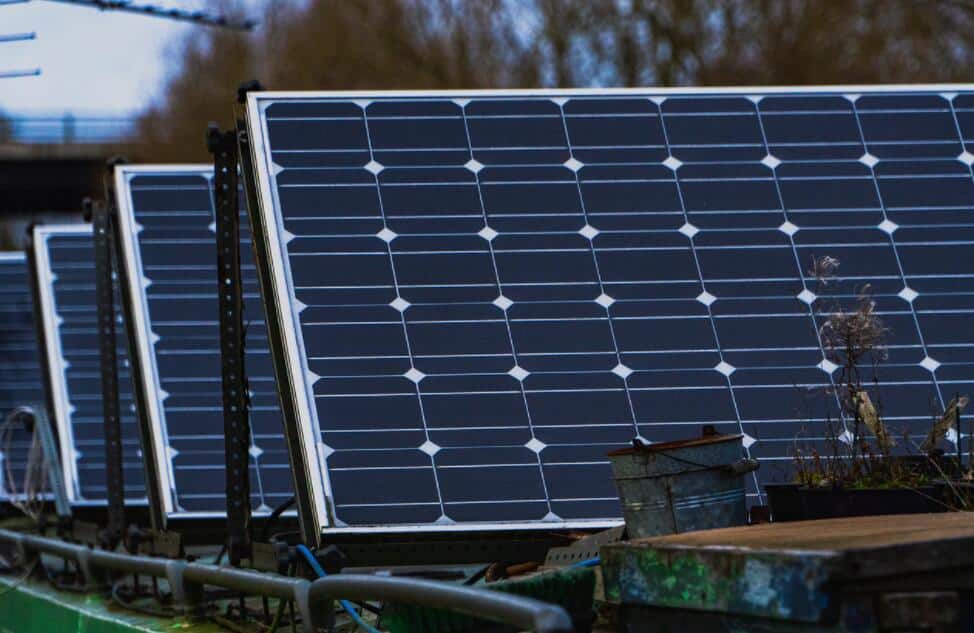In the field of photovoltaic cells, with P-type cells approaching the theoretical efficiency limit, N-type cell technology will become the mainstream direction of future development, said a report released by CITIC Securities on Friday.
Photovoltaic cell batteries mainly include P-type and N-type, with the former being the current mainstream product.
The main difference between P-type and N-type photovoltaic cells is the number of electrons. P-type cells are usually doped with boron in silicon, boron is one electron less than silicon, while N-type cells are doped with phosphorus, phosphorus is one electron more than silicon.
P-type cells, or Passivated Emitter and Rear Cell (PERC), first originated in the 1980s.
In 1989, Martin Green's research group at the University of New South Wales in Australia first officially published the PERC cell structure in Applied Physics Letter, reaching a laboratory cell efficiency of 22.8 percent at that time.
With the localization of equipment and materials and continued process maturity, many manufacturers have accelerated the layout of N-type Heterojunction (HJT) cell mass production lines, with a current planned capacity exceeding 120 GW, according to the CITIC Securities report.
HJT is expected to become the next generation of mainstream cell technology by stacking with technologies including IBC and chalcogenide to form stacked cells, with conversion efficiency limits further opened, according to the team.
HJT cell process is significantly simplified with higher conversion efficiency and product yields, becoming the focus of industrial investment and market attention.
HJT cell technology has the advantages of high bifacial rate, low-temperature coefficient, no light decay, weak light effect and longer carrier life, achieving the latest average mass production efficiency of more than 24 percent and the highest efficiency of 25.26 percent, the team said.
Cell manufacturers including Meyer Burger and REC have announced plans for over 8 GW new build projects in the first half of 2021 alone.
As the cost of key materials and equipment continues to fall and process maturity continues to improve, the cost of HJT mass production lines is expected to drop by more than 40 percent by 2022, giving it a significant advantage over PERC, the team said.
Chinese solar panel maker Trina Solar said on August 16 that its self-developed 210 mm x 210 mm high-efficiency PERC cell has set a new world record for efficiency.
The company said the cell was certified by China PV Test (CPVT) as having a cell efficiency of 23.56 percent, setting a new world record for mass production efficiency of 210 large-area industrial P-type monocrystalline PERC cells.
(Photo source: Unsplash)


